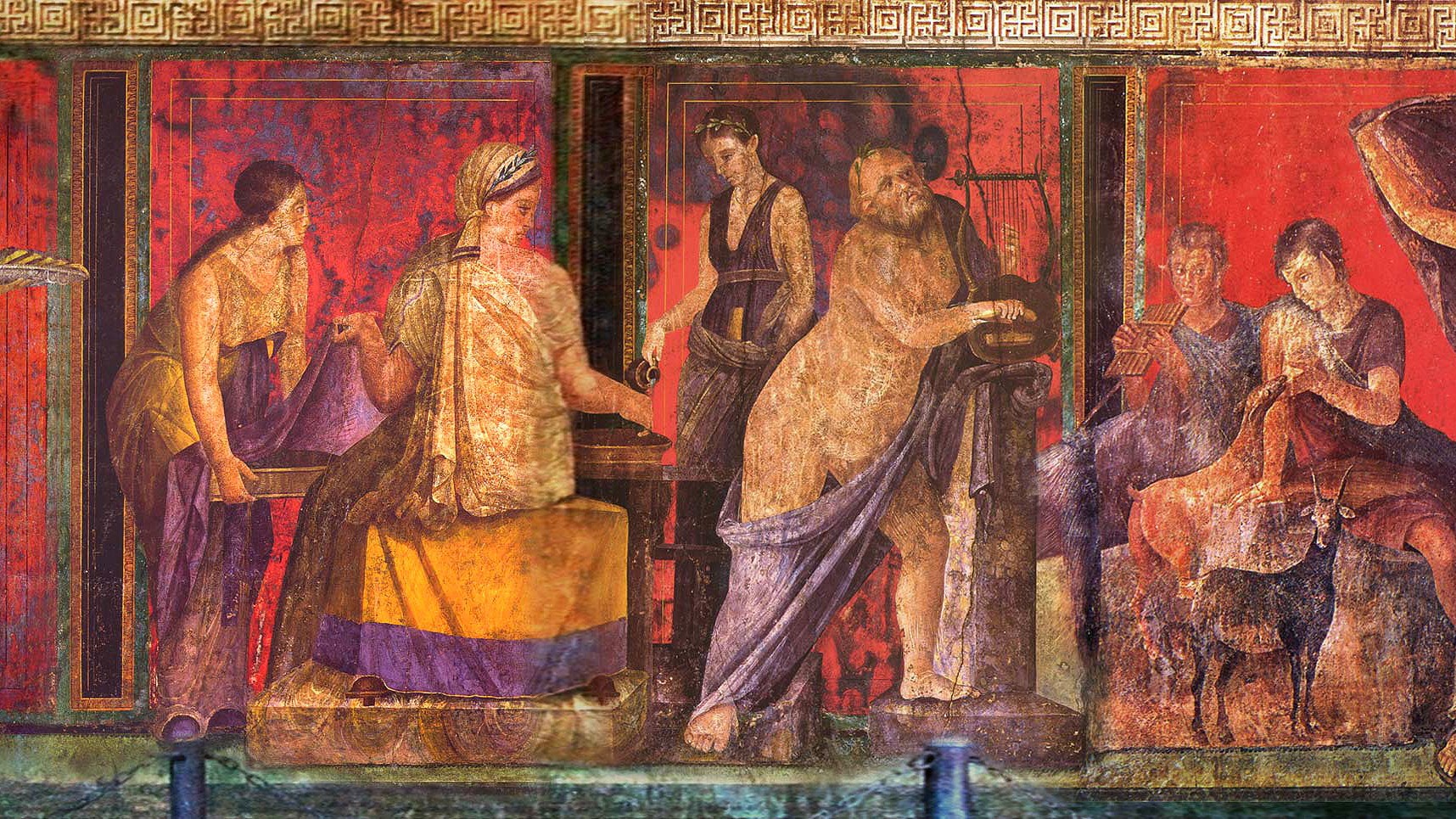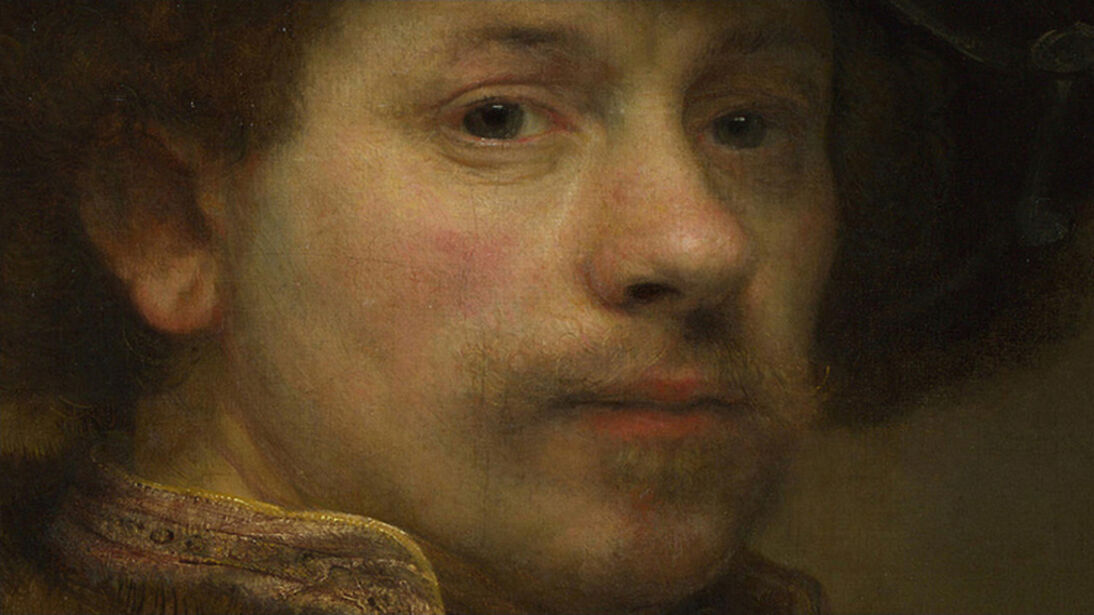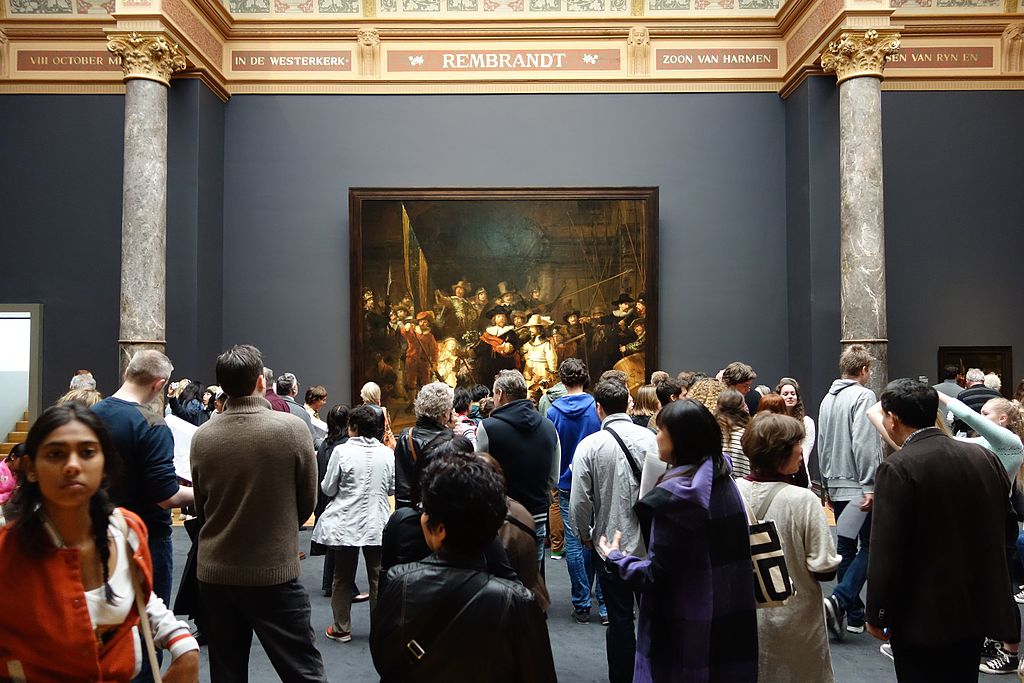The forgotten paintings of ancient Greece and Rome
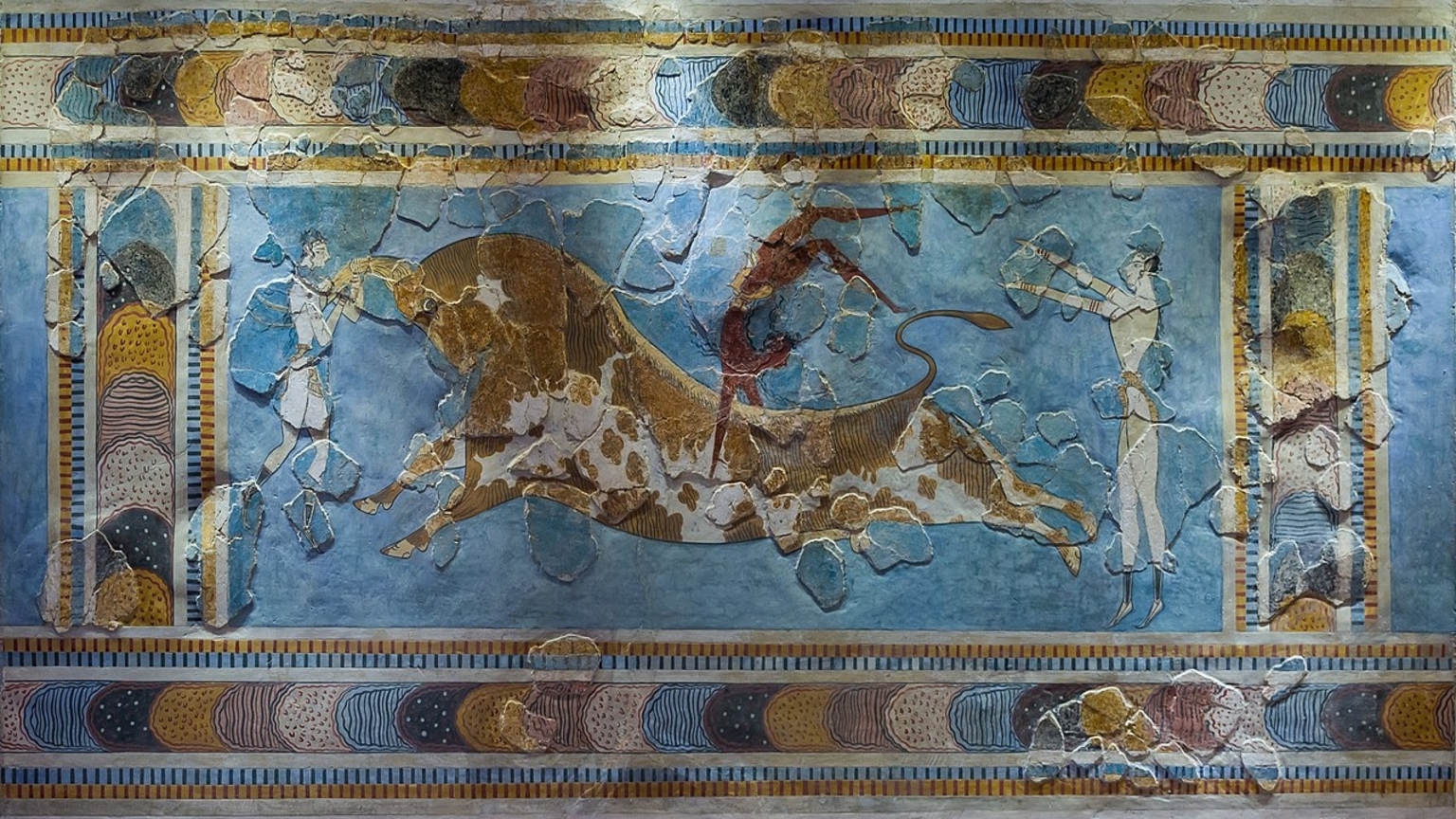
- Though most Greek paintings have been lost to time, some have been preserved through writing.
- The Romans made paintings too, which can be separated into four distinct styles that evolved consecutively.
- Roman painters also created landscapes, an important genre in the history of Western art.
Today, ancient Greece and Rome are known primarily for their sculptures, not only because these were extraordinarily well-crafted but also because they have been impeccably well-preserved. This is certainly true when compared to other art forms such as paintings, which played an equally important role in Greek and Roman societies. Unfortunately, because of their brittle nature among other factors, only a couple of these fabled paintings have survived to the present.
Greek paintings
We know that paintings were highly valued by the Greeks because there are many contemporary descriptions of painters and their work. These descriptions, also known as ekphrasis, formed an important part of a young man’s education during the Hellenistic period (323 – 33 BC). The goal of ekphrasis literature was to translate the visual qualities of a painting into written language so that readers walked away with the same impression of the artwork as those who view it firsthand.
The only type of Greek painting that has survived in bulk, vase painting, is not mentioned in this literature, suggesting it was considered an inferior art form. Conversely, the types of painting discussed most frequently — paintings done on wood panel or in fresco — have hardly been preserved at all. Museums in Candia and Athens display frescoes from the city of Knossos in Crete. They were painted around 1500 BC, using strong outlines, flat colors, and ornamental patterns similar to vase painting.
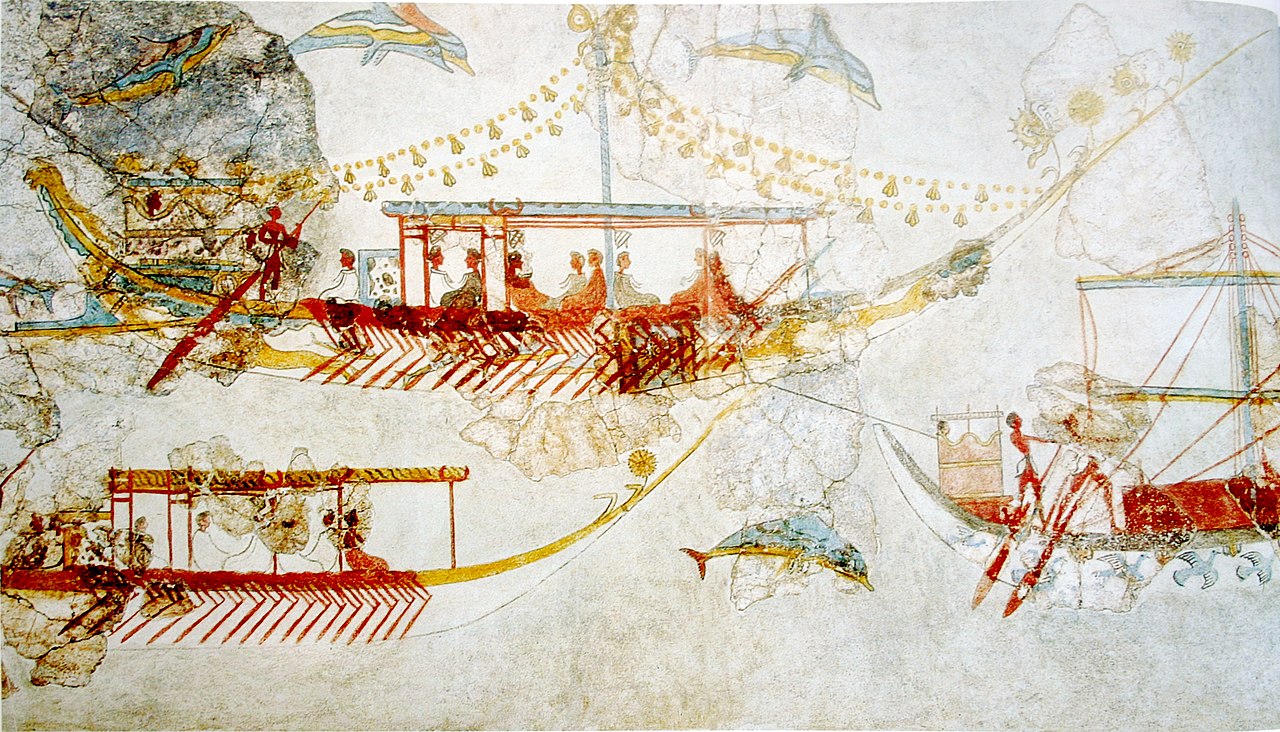
Writing for the Penn Museum, Dr. Eleanor Rambo says the Knossos frescoes were painted with pigment imported from Egypt. As such, it should not come as a surprise that they are influenced by the Egyptian tradition. In the so-called “Bull-Leaping Fresco,” for example, the women are painted white while the men are painted brown. “Crete was the artistic center,” Rambo continues, “and from Crete went forth artists and craftsmen far and wide to decorate the palaces of the lords of other lands.”
When vase painting went into decline during the 4th century BC, fresco painting flourished. In his book, Greek Art: Its Development, Character, and Influence, art historian Robert Manuel Cook describes in detail how Greek artists of this time developed “all the technical devices needed for fully illusionistic painting.” These devices included perspectival adjustments, using color to suggest distance, shadow, foreshortening, and other techniques that would resurface during the Renaissance.
Even sculpture once included an element of painting. When we think of Greek statues, we usually picture semi-naked men and women made from solid white marble. Back in the day, however, this whiteness was covered up by pigments that conveyed colorful dress and an array of Mediterranean skin tones. According to an article in the New Yorker, the study of these pigments has proven difficult thanks to “assumptions about race and aesthetics” now associated with the colorless ruins.
Roman paintings
Most of the surviving Roman paintings are frescoes as well. The best-preserved ones were recovered from Campania, a region that, in 79 AD, was blanketed by the ash of Mt. Vesuvius. These paintings once decorated the walls of villas in Boscoreale and Boscotrecase, and convey better than written sources how wealthy Romans used to live. They feature images of groves, channels, coastlines, porticos, and landscape gardens among other examples of inviting scenery.
According to an article from the MET museum, Roman painting can be organized into four distinct styles that evolved consecutively. The First Style, which lasted from roughly 200 to 60 BC, “was largely an exploration of simulating marble of various colors and types on painted plaster.” This means that early Roman painting, like early Greek painting, originally attempted to copy effects that were already being achieved through other art forms.
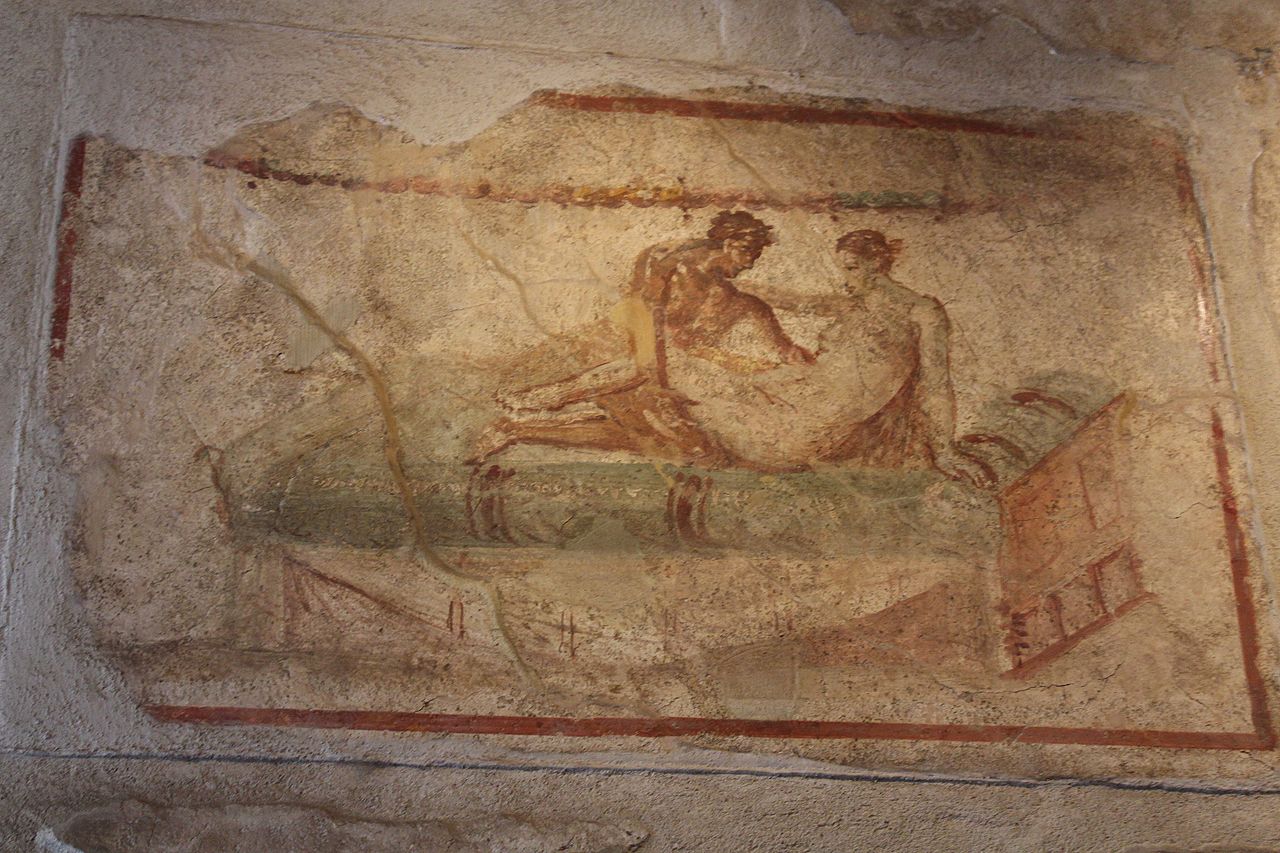
The Second Style, which developed during the first century BC, continued this trend. “Fresco artists,” the article continues, “imitated architectural forms purely through pictorial means.” There was a change from stucco to plaster, and painters started using shading and perspective to suggest depth. Some frescoes were painted as if they were seen through a window, thus embedding them within the architecture and turning a room into “a kind of picture gallery.”
The Third Style (20 BC to 20 AD) was essentially the style of the court of Emperor Augustus, who succeeded Julius Caesar and turned Rome from a republic into an empire. “Born from an impulse to innovate, rather than re-create,” this style “rejected illusion in favor of surface ornamentation.” Shading and perspective made way for monochrome backgrounds upon which were painted images of nature, and human figures became decorative rather than dominant elements.
The Third Style was short-lived. As soon as the reign of Augustus ended in 20 AD, painters reverted back to the trends that had been evolving during the first century BC. The Fourth Style, which lasted until about 79 AD, was “less disciplined” and revived “large-scale narrative painting and panoramic vistas, while retaining the architectural details of the Third Style.” Some frescoes depicted erotic scenes reminiscent of the poems of Ovid. Later works, meanwhile, introduced Christian imagery.
Roman portraits and landscapes
Special among Roman paintings are the so-called Fayum mummy portraits. These portraits were found in the Fayum Basin in Egypt. They were painted on cartonnage with expressive brushwork and used to cover the faces of upper-class men, women, and children who lived and died under Roman rule in the region. As of 2005, more than 900 portraits have been retrieved from the basin, making this one of the largest surviving groups of panel paintings from antiquity.
The Fayum mummy portraits are famous for both their quantity and quality. Thanks to Egypt’s hot, dry climate, many have been impeccably well-preserved, from the texture of the paint to the vibrancy of the colors. To art historians, the portraits offer an unusually personal look at the distant past. At the same time, they also present a problem of cultural influences, “falling somewhere between the classifications of Roman and Egyptian art,” as one writer puts it.

“They’d been made in a time of great cultural melding in Egypt,” writer Alexxa Gotthardt explains in an article for CNN and Artsy, “during the Roman occupation, and represent both Egyptian funerary traditions (mummification) and the Romans’ burgeoning experimentation with portraiture and painting techniques like encaustic — a painting method that entails melting beeswax and then adding colored pigments to it.”
Over in Rome, forward-thinking artists concerned themselves not with portraits but with landscapes. This genre, hitherto unknown to the Roman Empire, was spearheaded by an Augustan painter named Studius. According to Pliny the Elder, who also bemoaned the decline of portraiture, Studius “introduced the most attractive fashion of painting walls with villas, porticoes, and landscape gardens, groves, woods, hills, fish-pools, canals, rivers, coasts — whatever one could wish.”
All the optical illusions that painters learned during the Second and Fourth styles they applied to landscape painting. They used shading, the texture of the paint, and rudimentary forms of perspective to render scenes from nature more convincingly than artists from previous generations had managed. Some landscapes incorporated images of architecture or small figures. However, these elements were often in service of the vegetation. Where Eastern art from the same time period used nature as a background for military scenes, the Romans learned to paint it for its own sake.
